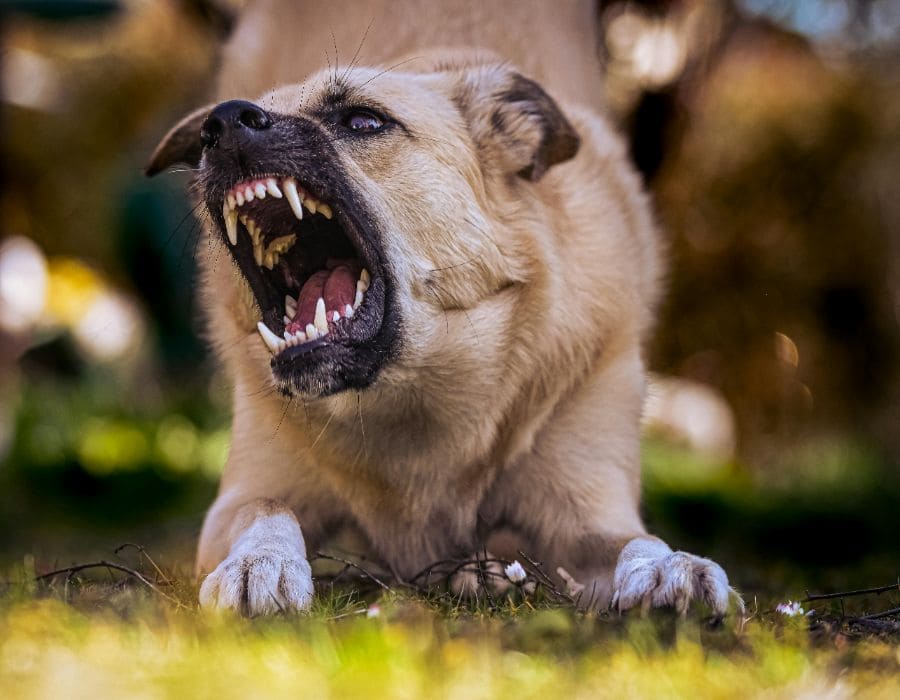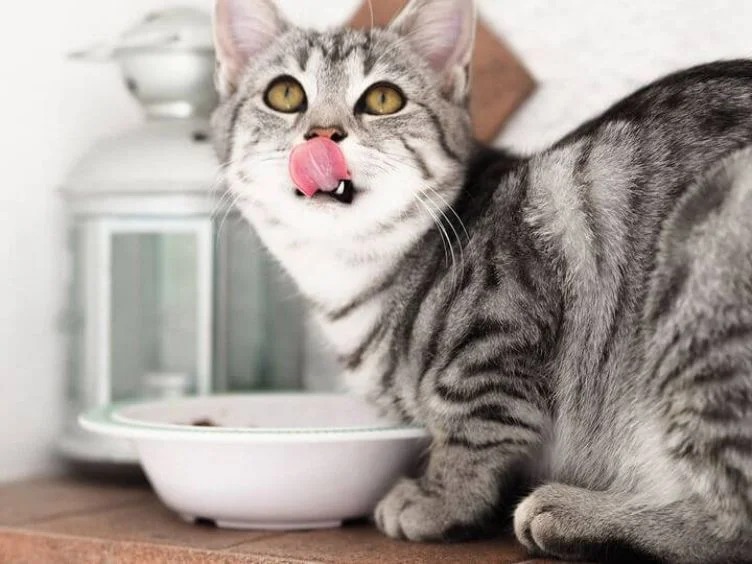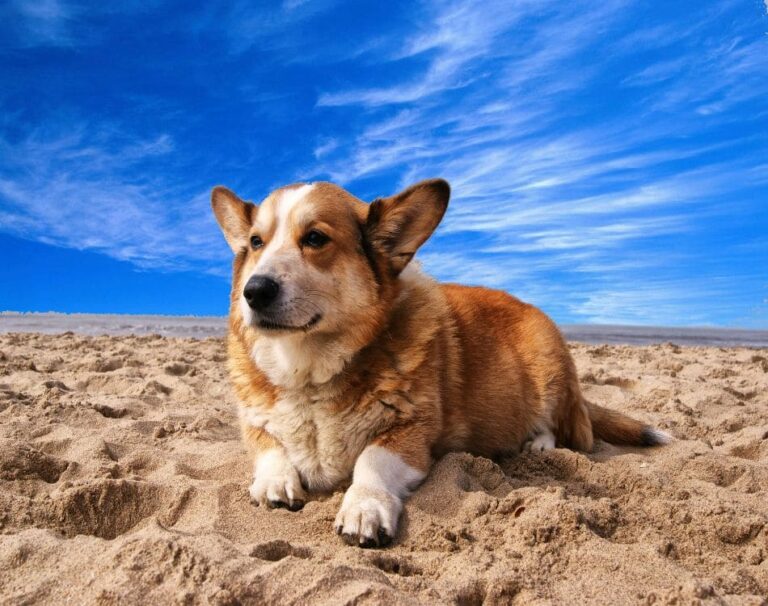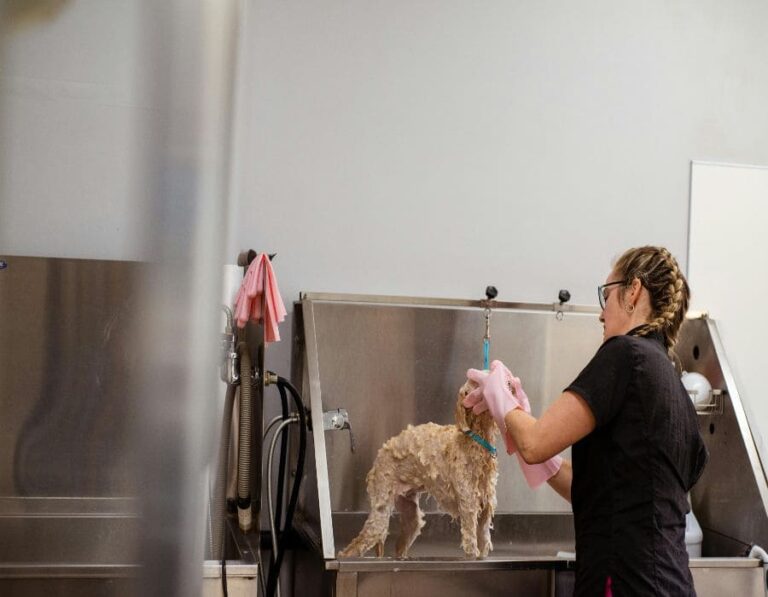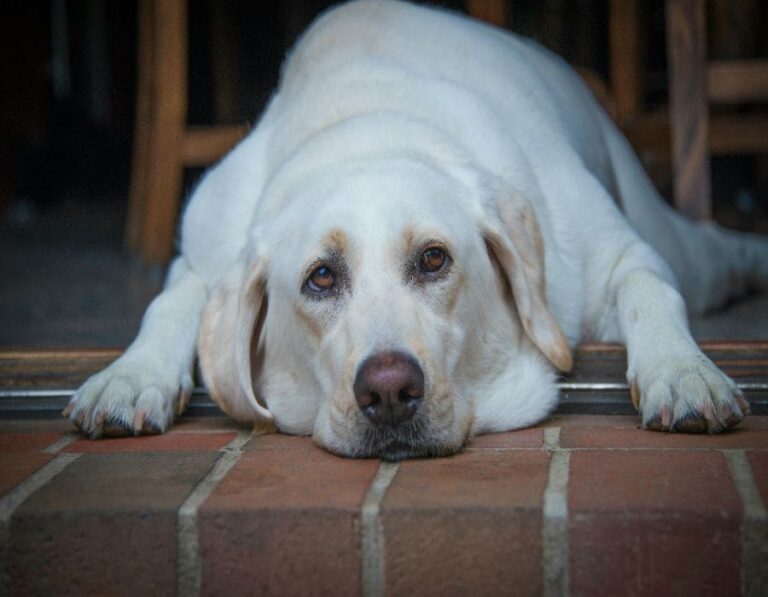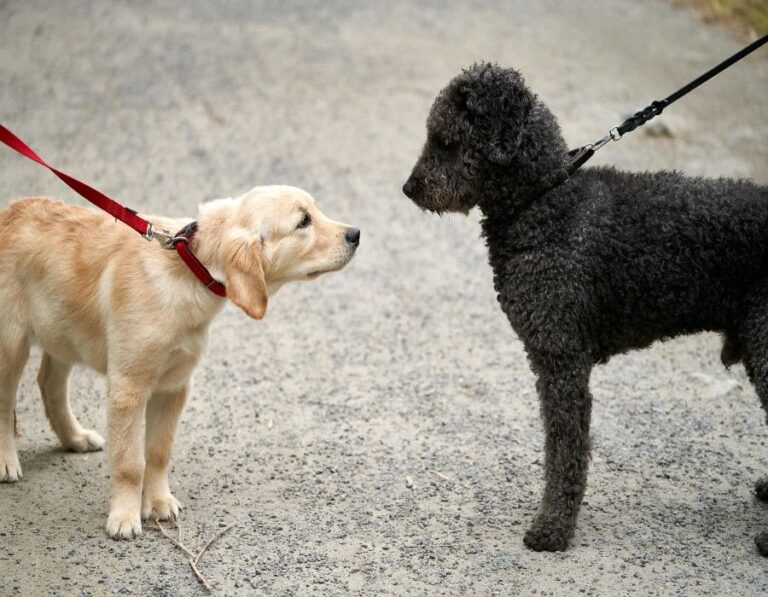13 Physical Traits That Can Trigger Aggression in Dogs According to Science
Dogs rely on body language, scent, and past experiences to interpret the world around them. Certain human traits and behaviors can unintentionally trigger aggressive or defensive reactions in dogs, even if no harm is intended. Understanding these factors can help prevent misunderstandings and ensure safe interactions.
From clothing choices to body posture, small details can make a big difference in how a dog perceives you. Whether you’re a dog owner, trainer, or simply someone who encounters dogs often, here are 13 physical traits that may cause a dog to react aggressively.
Direct Eye Contact
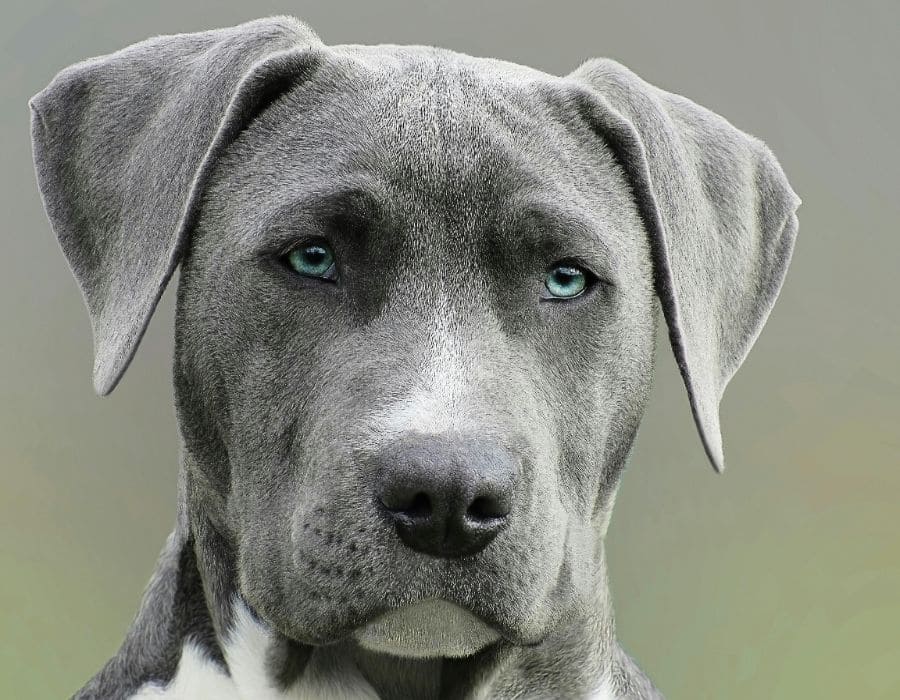
While humans see eye contact as a sign of confidence, dogs can interpret it as a challenge or threat. Prolonged staring, especially from strangers, can make a dog feel uncomfortable and trigger defensive aggression.
Wearing Hats or Sunglasses
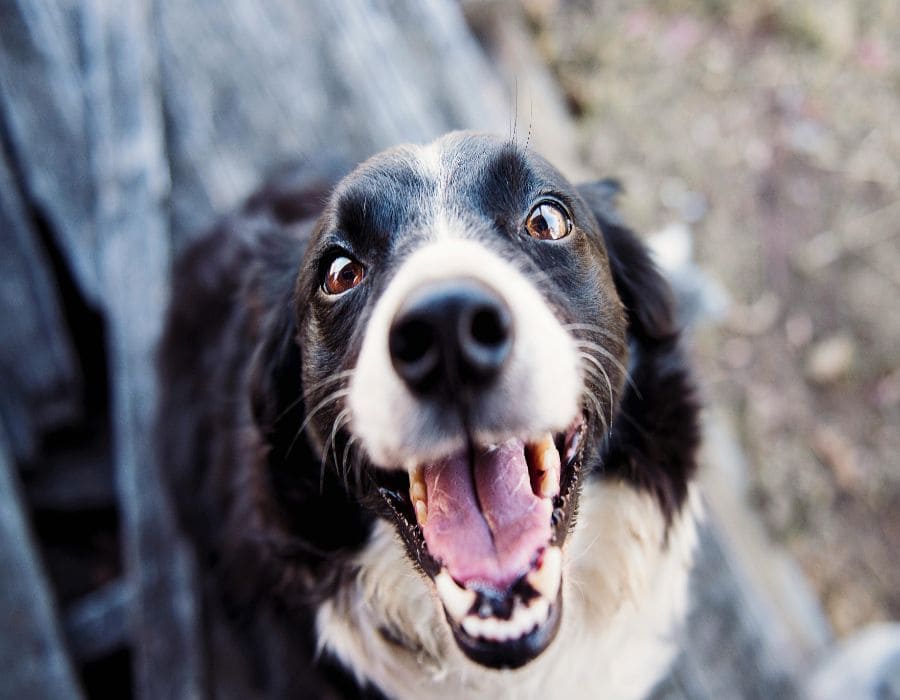
Dogs rely heavily on facial recognition, and covering the eyes or head can make a person appear unfamiliar or intimidating. Hats, sunglasses, or even hoods can make dogs uneasy, leading to fearful or aggressive reactions.
Strong Scents
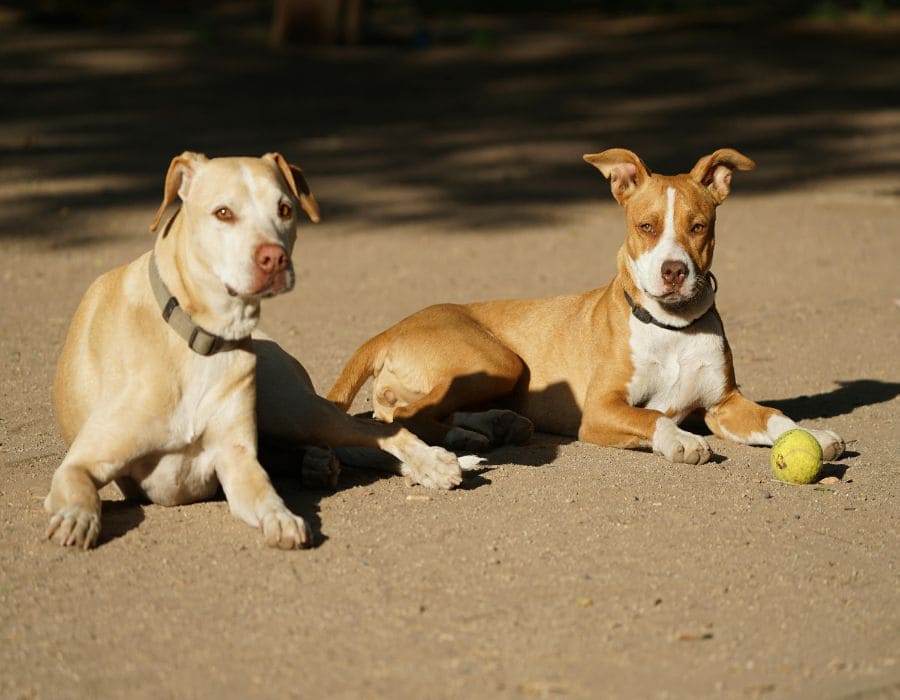
Dogs have an incredibly powerful sense of smell, and strong artificial scents—like heavy perfume, cologne, or even certain lotions—can overwhelm them. Some dogs react negatively by growling, barking, or avoiding the person entirely.
Fast or Erratic Movements
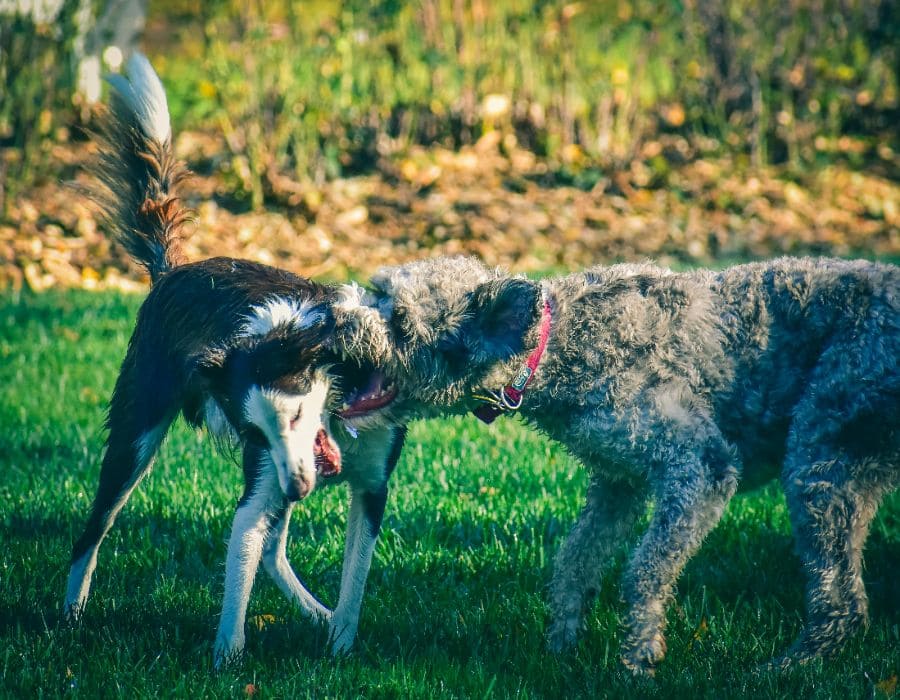
Sudden movements, such as running toward a dog, waving arms, or making quick gestures, can startle them. Many dogs react defensively if they feel threatened, especially if they weren’t expecting the motion.
Wearing Long or Flowing Clothing
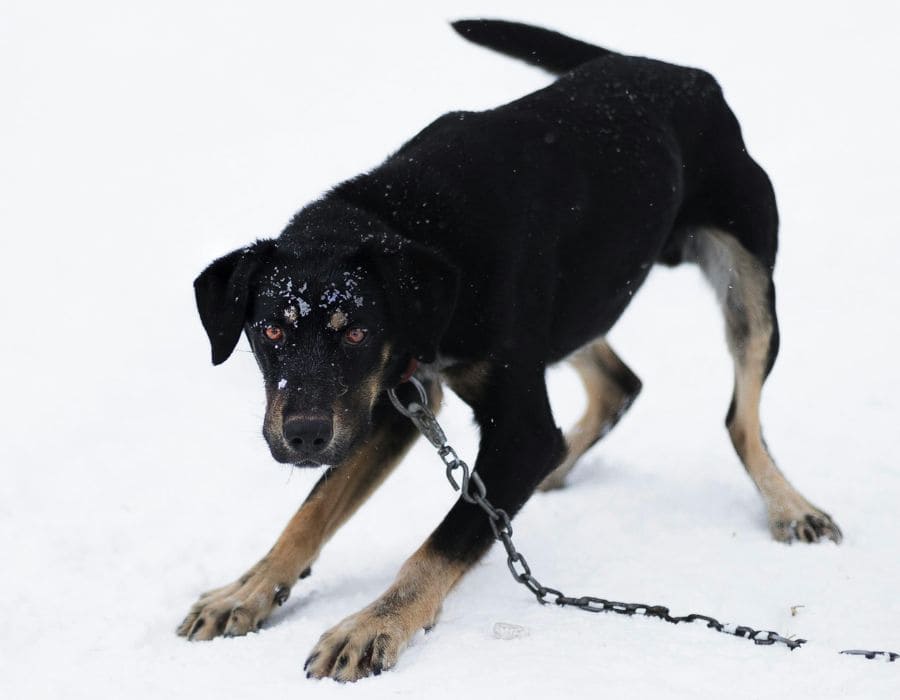
Long coats, scarves, dresses, or loose-fitting clothes that flap in the wind can trigger a prey-driven response in some dogs. The movement may confuse them or trigger their instinct to chase or nip.
Carrying Large Objects
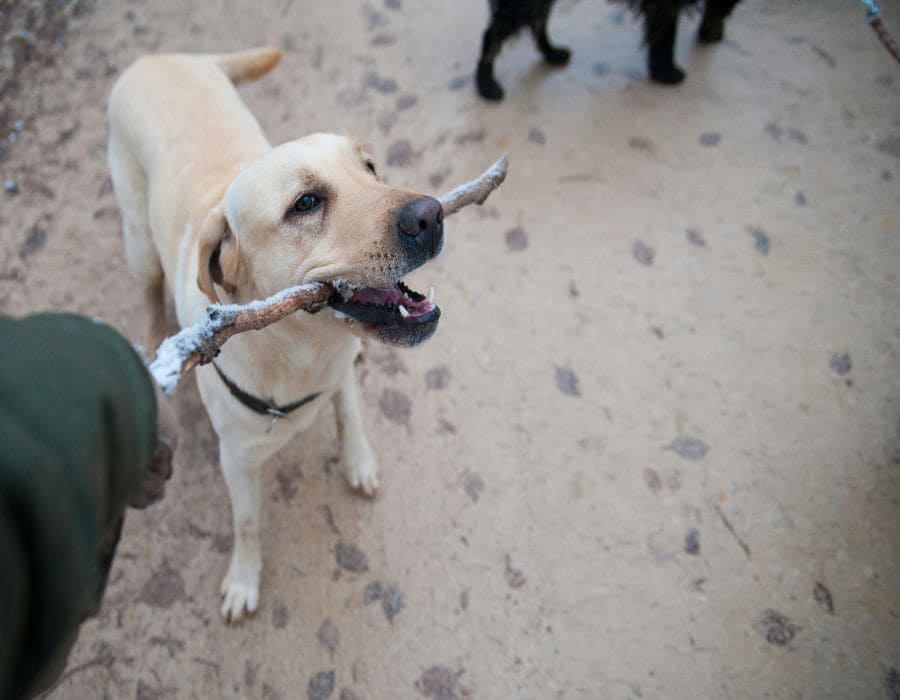
Dogs may feel threatened when a person is holding something big, like an umbrella, bag, or even a walking stick. The unfamiliar shape can make them wary, especially if they have had negative experiences with similar objects.
Leaning Over or Hovering
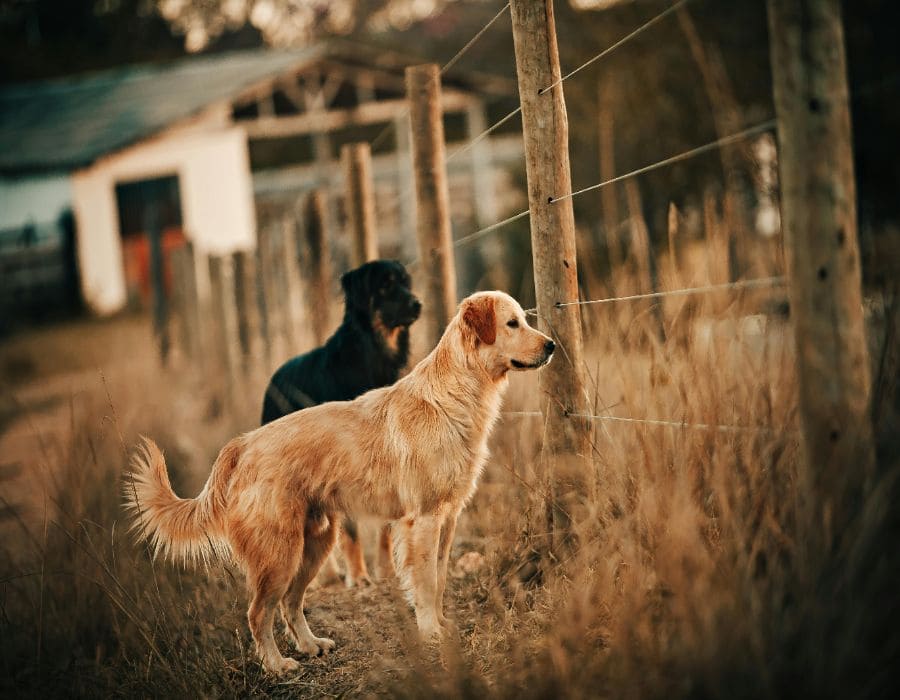
Towering over a dog or bending down too close can be intimidating. Dogs may interpret this posture as an act of dominance or a threat, causing them to growl or back away defensively.
Loud Voices or High-Pitched Sounds
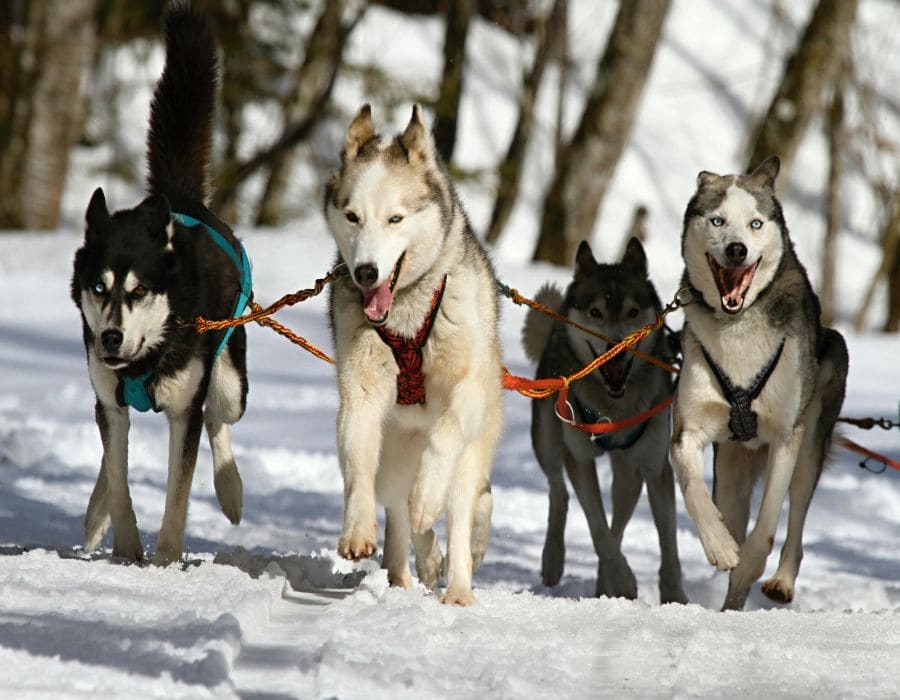
Shouting, deep voices, or even high-pitched squeals can make a dog feel anxious or overstimulated. Some dogs react aggressively when they perceive a loud voice as a sign of aggression or excitement.
Wearing Bright or Unusual Colors
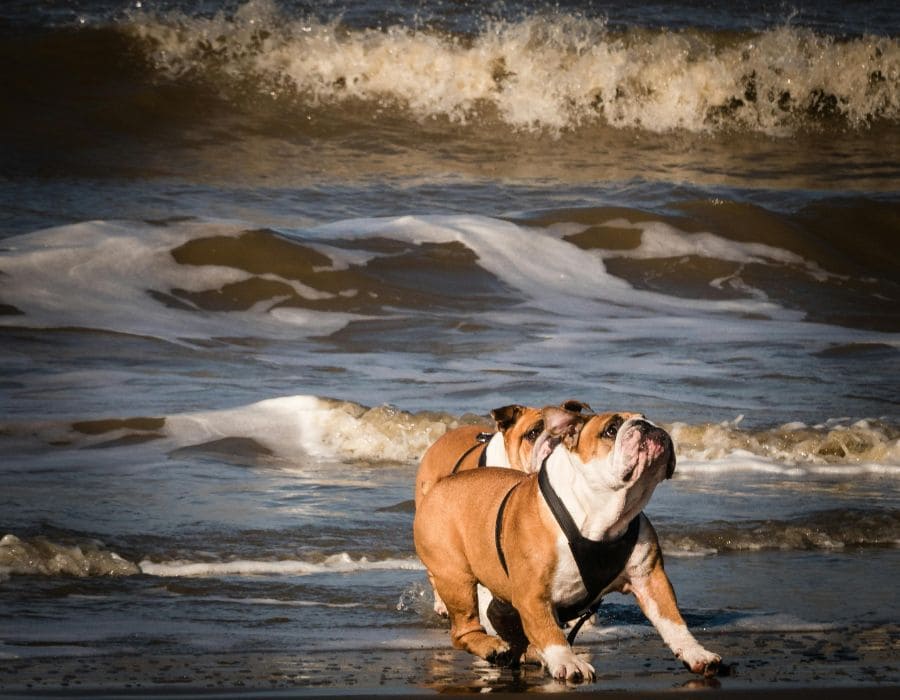
While dogs don’t see color the same way humans do, certain bright or unfamiliar patterns can make them uncomfortable. Reflective gear, neon colors, or unusual prints may cause nervousness in some dogs.
Walking Directly Toward Them
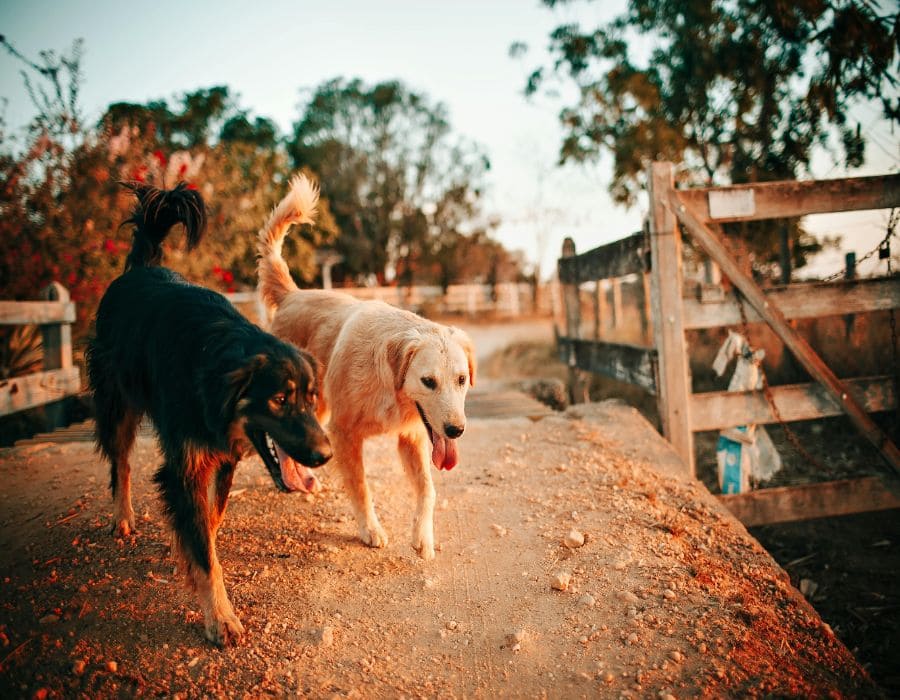
Approaching a dog head-on, especially with a fast pace, can be interpreted as a challenge. Dogs prefer indirect approaches with a relaxed posture rather than someone marching straight at them.
Holding Prolonged Physical Contact
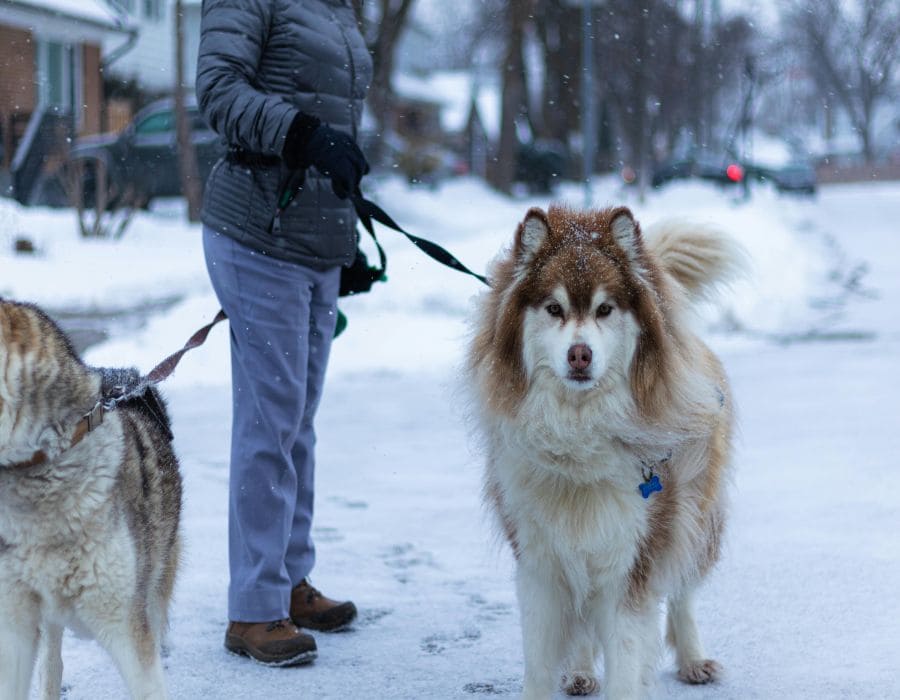
While some dogs love cuddles, others may feel trapped when hugged tightly or patted roughly. If a dog isn’t familiar with someone, excessive physical contact can make them defensive and uncomfortable.
Using inconsistent body posture
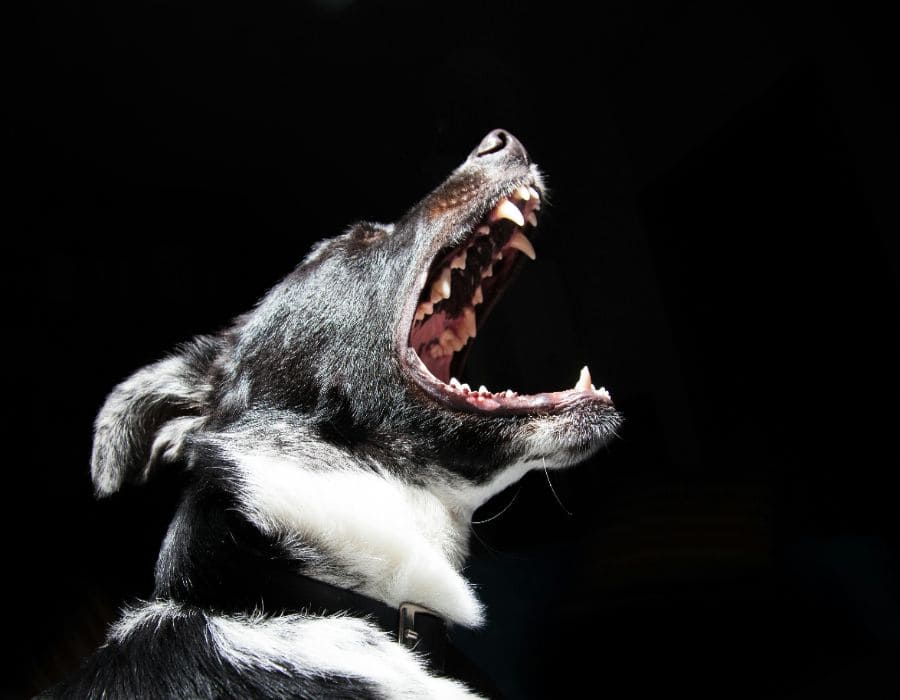
Shifting between confident strides and hesitant movements confuses dogs. An unsure or erratic posture can make you seem unpredictable, causing some dogs to respond with fear-based defensiveness or suspicion.
Walking with wheeled items
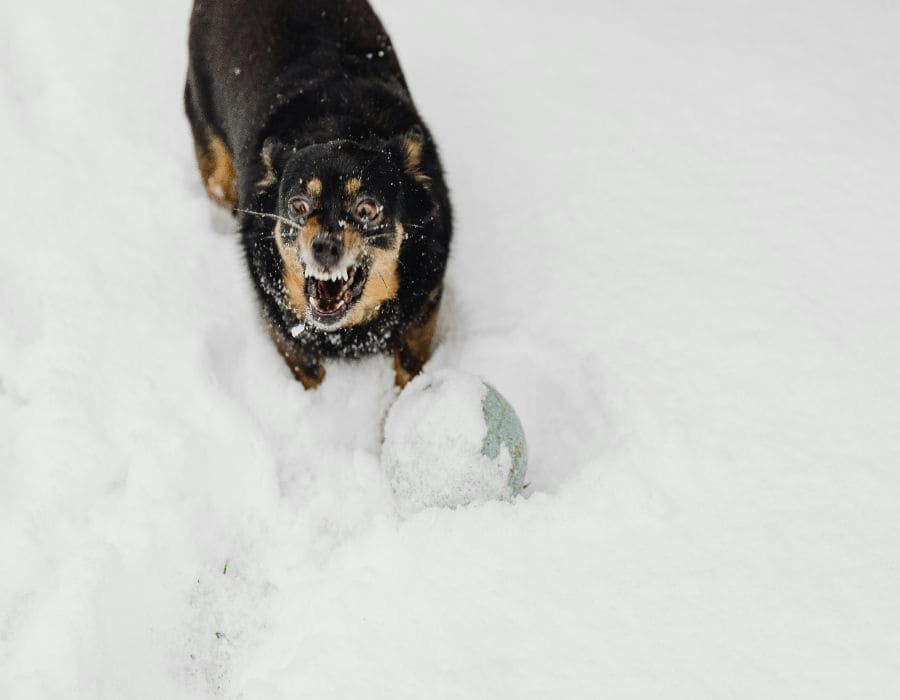
Rolling luggage, strollers, or scooters may not seem threatening to us, but to dogs, they’re strange, noisy, and fast-moving objects that can trigger fear-based reactivity—especially if they roll too close for comfort.
Conclusion
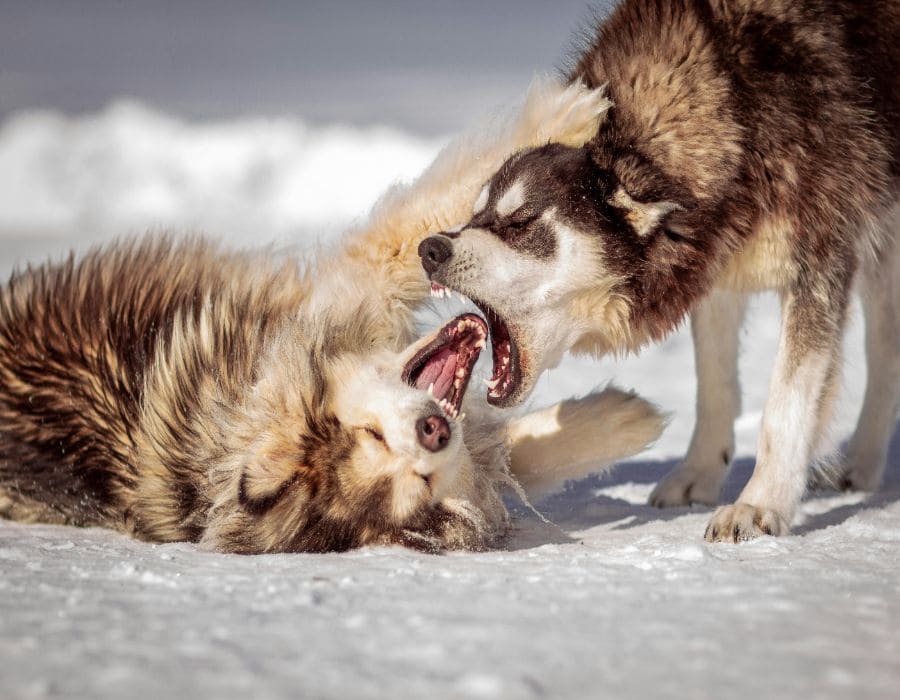
Dogs communicate differently than humans, and certain physical traits or behaviors can unintentionally trigger their defensive instincts. By understanding what makes dogs feel uneasy, we can create safer, more comfortable interactions that help build trust and prevent unwanted aggression.

